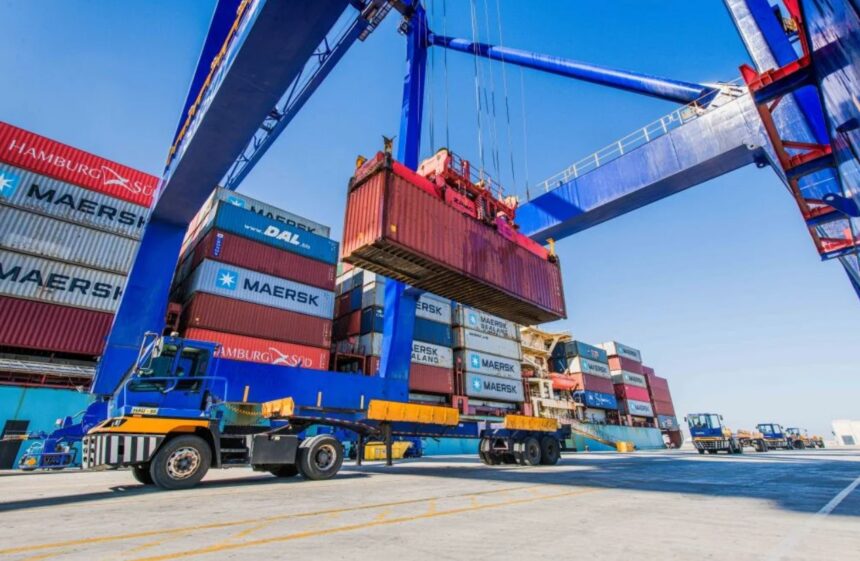Rudolf Gaiseb
The Namibia International Merchandise Trade Statistics bulletin issued by the Namibia Statistics Agency (NSA) reveals that in December 2024, the country’s trade balance, that is the difference between exports and imports during a specific period, stood at a deficit of N$119 million. This is a significant improvement from the deficit of N$5.5 billion and N$969 million recorded in November 2024 and December 2023, respectively.
Upon enquiry, NSA trade statistician Hilda Ampweya last Friday said in December, exports rose by 3.4% while imports fell by 28%.
“Hence, the slow growth in exports, coupled with a large drop in imports, resulted in the improvement of the deficit. Moreover, the respective increase and decline in exports and imports was not sufficient to offset the entire deficit,” she stated.
She added that in December, exports of pearls and precious or semi-precious stones, fish, nickel ores and concentrates were higher, compared to exports in November. “Pearls were exported to Spain, the Democratic Republic of Congo, and Botswana, and fish to Canada and China. Nickel ores and concentrates were exported more to Botswana, Belgium and the United States of America. They were higher than the import figures in November.
On the other hand, overall commodity exports to China, Botswana and Zambia increased in December 2024, and their imports dropped, compared to November 2024,” Ampweya added. The report further shows export revenue increased by 3.4% to N$12.6 billion when compared to N$12.2 billion recorded in November 2024. Exports rose by 16.1% when compared to N$10.8 billion registered in the corresponding month of 2023.
The report also indicates imports stood at N$12.7 billion, reflecting a strong decrease of 28% month-on-month as opposed to a sluggish increase of 7.5% year-on-year.
Meanwhile, Ministry of Industrialisation and Trade chief trade promotion officer Nicky Iitula said this kind of trend and development occurs whenever changes take place in the major products traded for the country.
“The most important products exported by Namibia are uranium, diamonds, and gold. This implies that any decrease or increase in the value of uranium exported to China and/or diamonds exported to Botswana during November and December 2024 had contributed to the shift in the country’s trade balance,” she stated.
She highlighted that Namibia imported fewer petroleum oils, motor vehicles, and inorganic chemicals during the month of December 2024, which are the major imports of the country.
“In December 2024, Namibia recorded a surplus trade balance with Botswana (N$ +2.1 billion), China (N$ +1.8 billion), and Zambia (N$ +1.0 billion). The products that recorded a surplus trade balance in December 2024 are uranium (N$ +2.5 billion), diamond (N$ +2.1 billion), and gold (N$ + 1.0 billion).
In December 2024, Namibia recorded a deficit trade balance with South Africa (N$ -3.0 billion), Oman (N$ -568 million) and Zambia (N$ -455 million). The products that recorded deficits in trade balance in December 2024 are petroleum oils (N$ -1.6 billion), motor-vehicles (N$ -351 million), and inorganic chemicals (N$ -351 million)” she added.
Iitula noted whenever something major happens to these mentioned products, it is likely to significantly affect the trade balance of the country.
Moreover, beverage imports averaged N$328 million between December 2023 and December 2024, with November and December 2024 registering the highest values.
The NSA report shows that in December 2024, Namibia exported grapes worth N$815.4 million, mostly destined for the Netherlands and the United Kingdom.
On the demand side, the country imported grapes worth N$2.3 million, mainly sourced from South Africa. Exports of the commodity averaged monthly at N$173.8 million from December 2023 to December 2024.


